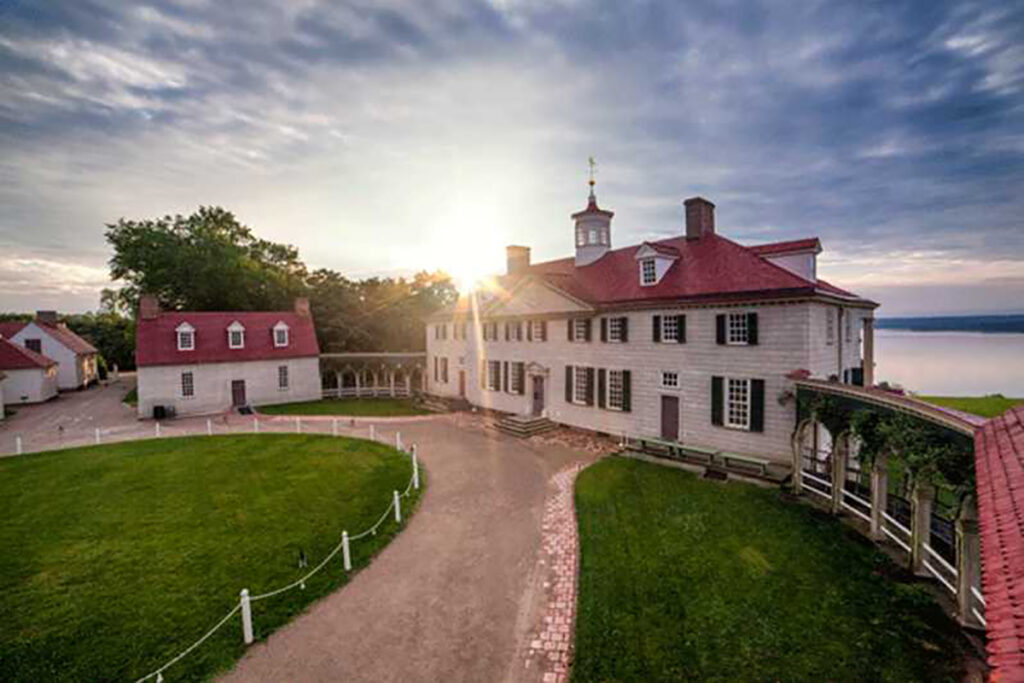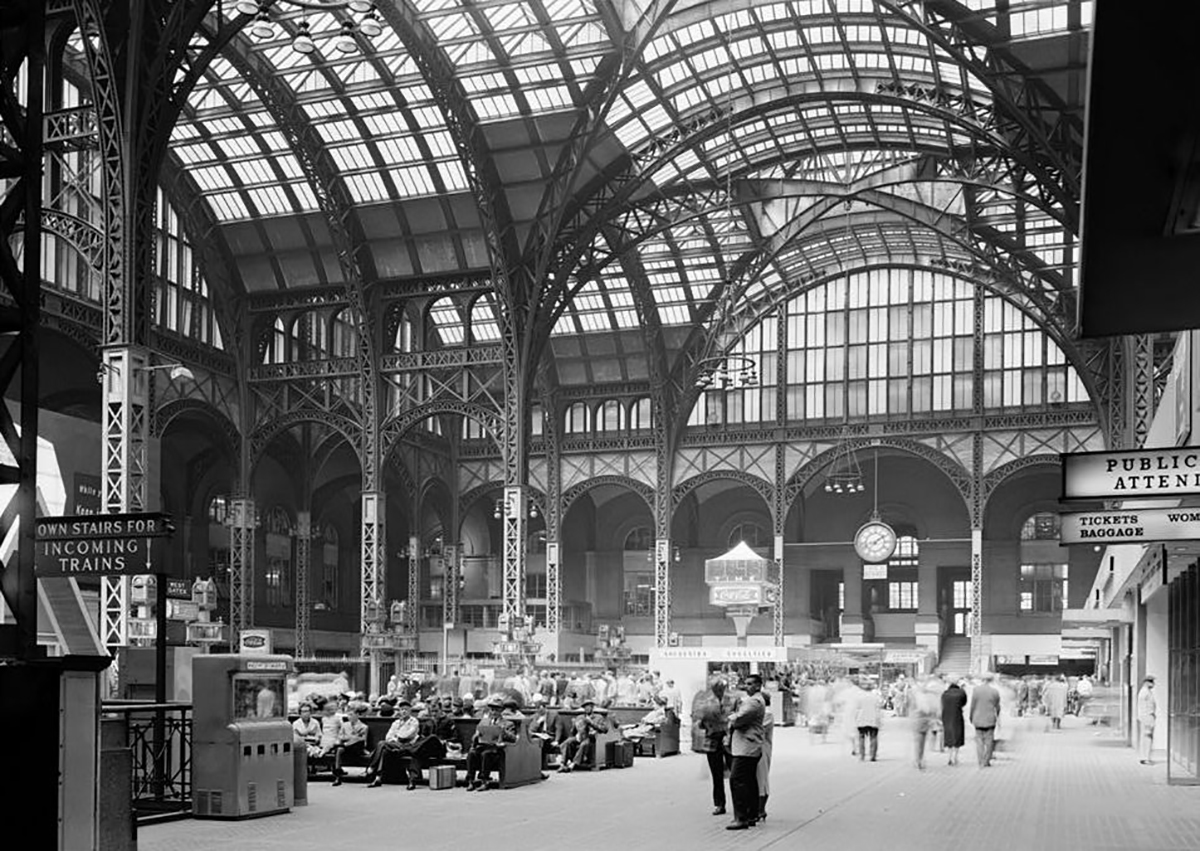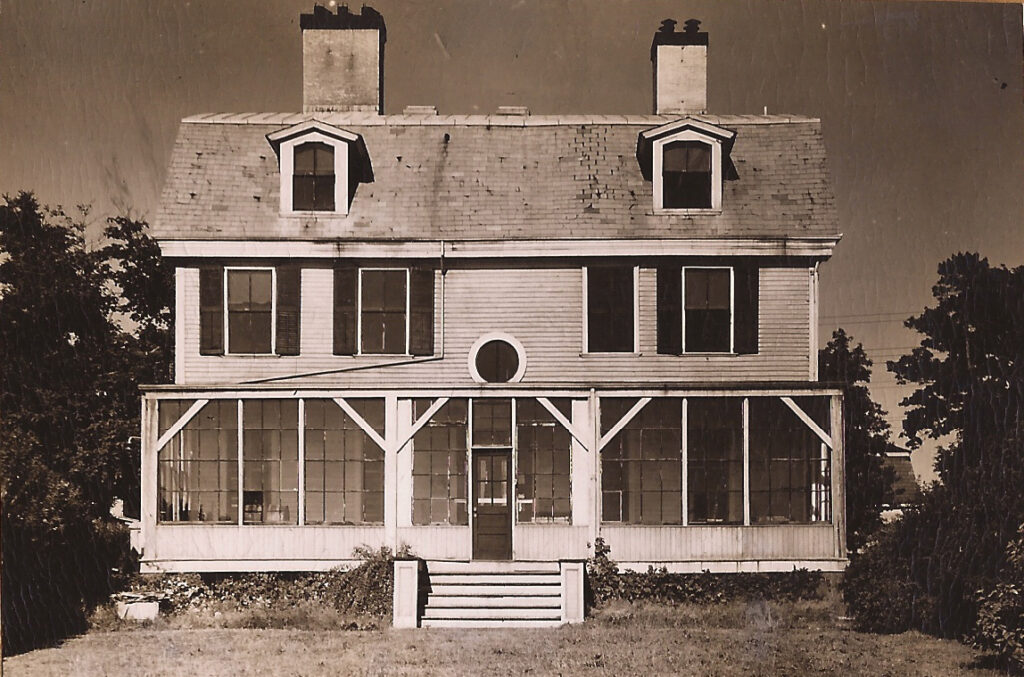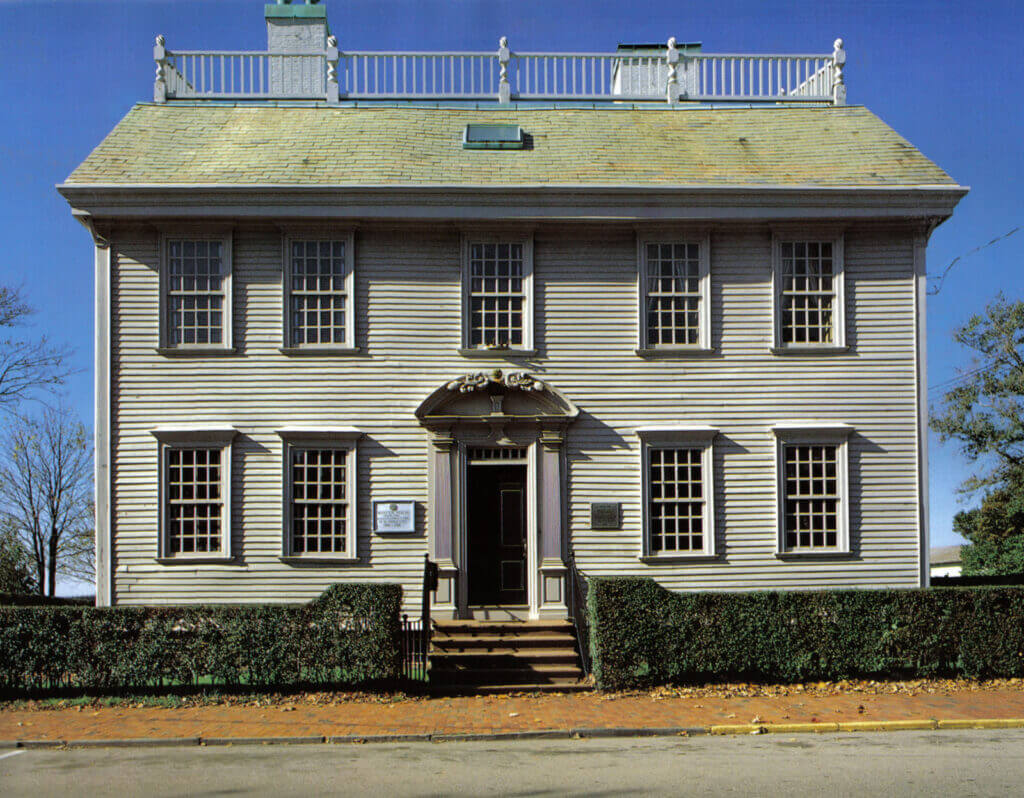As the Archi-TEXT column has pointed out many times, Newport is an extraordinary treasure trove of historic architecture, spanning from the early days of the Colonial settlement of New England and continuing right up until the present day. Newport is fortunate to be a treasury of great architecture from a variety of periods by a combination of happy accident and hard work. Early on, Newport was a wealthy Colonial city – the fifth largest in North America at the date of the Declaration of Independence. As a result, the city has a large number of structures from that era, including some of the earliest structures of their type. These notable buildings include the Quaker Meeting House (1699), the Old Colony House (1739), Trinity Church (1742), the Redwood Library (1747), Touro Synagogue (1758), the Brick Market (1768), and many others. But unlike the other major Colonial cities like New York, Boston, and Philadelphia, after the Revolutionary War, Newport underwent a long decline in population and economic prospects. This had the effect of, somewhat accidentally, preserving many of the colonial structures and instilling a care and thriftiness within the community. For 100 years, buildings were rarely torn down, but more commonly disassembled and moved when they had outlived their purpose at a given particular site. This native bent towards practical architectural preservation is perhaps one of the reasons that Newport and the American architectural preservation movement have become so closely aligned over the proceeding centuries.

Mount Vernon
The American Preservation movement perhaps began with the Mount Vernon Ladies Association and their active efforts to restore the badly deteriorated Mount Vernon in 1858. The ancestral home of George Washington had been neglected over the years and the effort to restore it was largely one dedicated to the patriotic honoring of Washington more than the valuing of an older architectural monument that merited saving. In 1895, the American Scenic and Historic Preservation Society in New York was founded with the express purpose of funding the preservation of historic site restoration and maintenance of multiple sites. It therefore represents one of the earliest efforts not just to save a single structure, but to perpetuate Preservation as an ideal. In 1935, Congress passed the Historic Sites Act, which authorized the Interior Secretary authority to record and organize historic properties and to designate properties as having “national historical significance,” giving the National Park Service authority to administer historically significant, federally-owned properties. This program was widened to include privately-owned properties in the 1960s with the establishment of the National Register of Historic Places to survey and document significant properties. The National Historic Landmark program was formally established in 1966, laying out the rules and procedures for inclusion and designation of such properties.

Original Penn Station
In 1963, the American Preservation movement got perhaps its greatest boost with the tragic demolition of Penn Station in New York. This building, designed in 1910 by the firm of McKim Mead & White, combines the modernism of steel web columns with the great, soaring, arched spaces typical of the great transportation hubs of Europe. The beauty of the station and affection that New Yorkers felt towards it convinced many that it would somehow be preserved. The New York Times wrote, “Until the first blow fell, no one was convinced that Penn Station really would be demolished, or that New York would permit this monumental act of vandalism against one of the largest and finest landmarks of its age of Roman elegance.” The fact that the building was replaced by a structure of such miserly banality was salt into the wounds of the New Yorkers forced to use the new building. It became evident to New York and the entire world, what Newporters had discovered more than 20 years previously: if you want to save a precious and beloved building, political and financial resources had to be marshalled to make that happen.


Hunter House Before/After Remodeling
Seventy-six years ago, in 1945, a small group of individuals got together to try and preserve Hunter House, a small colonial-era house in the Point neighborhood. This house was one of the grander versions of the merchant homes that were built during the Georgian era, and had the extra distinction of having been used as the headquarters for Admiral de Ternay during the latter part of the Revolutionary War. This small but active band, which was led by Newport socialite and citizen Katherine Warren, set out to do something that was rather unusual (and even peculiar) at the time: to restore an old home to its original condition. This organization, which began under the name Colonial Society, filed its papers of incorporation as the Preservation Society of Newport County on August 2, 1945. Over the years, this small effort has grown into an internationally recognized group that employs more than 400 people, operates 11 properties for visitation, and welcomes more than 1 million paying visitors annually. Katherine Warren’s insight, that the old structures around Newport were not simply outdated structures destined for decay and demolition, but the potential source of tourist visitation, and therefore a potential foundation for economic prosperity, was seismic when viewed in retrospect.
Over the years, the Preservation Society portfolio of properties expanded through the generosity of donors, and in many cases property owners as well, who wanted to see their homes preserved for posterity.
Now the treasury of the Preservation Society has come to include all of the following buildings:
- Hunter House (c. 1748, Georgian Style)
- Kingscote (1839, Richard Upjohn, Gothic Revival – later addition by McKim Mead & White)
- Chateau-sur-Mer (1851, Seth Bradford; c. 1880 renovation, Richard Morris Hunt, Second Empire)
- Chepstow (c. 1860, George Champlin Mason, Italianate Style)
- Green Animals Garden / Brayton Estate (c. 1872, New England Vernacular)
- Isaac Bell House (1882, McKim Mead & White, Shingle Style)
- Marble House (1892, Richard Morris Hunt, French Classical Revival Style)
- The Breakers (1895, Richard Morris Hunt, Italianate Renaissance Revival Style)
- The Elms (1900, Horace Trumbauer, French Classical Revival Style)
- Rosecliff (1901, McKim Mead & White, French Classical Revival Style)
Today, the Preservation Society is one of the most visited non-profit institutions in New England and a major economic driver for the city of Newport. It is also on par with the National Trust, which was founded in 1949 by Congressional Charter. The organization currently owns and operates 9 properties independently and another 11 in joint stewardship with other non-profit organizations. Its annual visitation at the Breakers is among the highest in the world for any historic house museum, including that of the great, palatial English country homes that are part of the United Kingdom’s National Trust.
In 1945, when the Preservation Society was founded, the organization was on the cutting edge of the American architectural preservation movement. In 2021, 76 years later, it continues to remain so and all Newporters should take pride in and support its future successes.

Kingscote
Looking to remodel your home? Let’s connect.
Join the Architectural Forum to stay up-to-date with architectural news from Rhode Island and abroad.
Ross Sinclair Cann, AIA, LEED AP, is an historian, educator, author and practicing architect living and working in Newport for A4 Architecture and is founding Chairman of the Newport Architectural Forum and holds honors degrees in Architectural History and design from Yale, Cambridge, and Columbia Universities.
